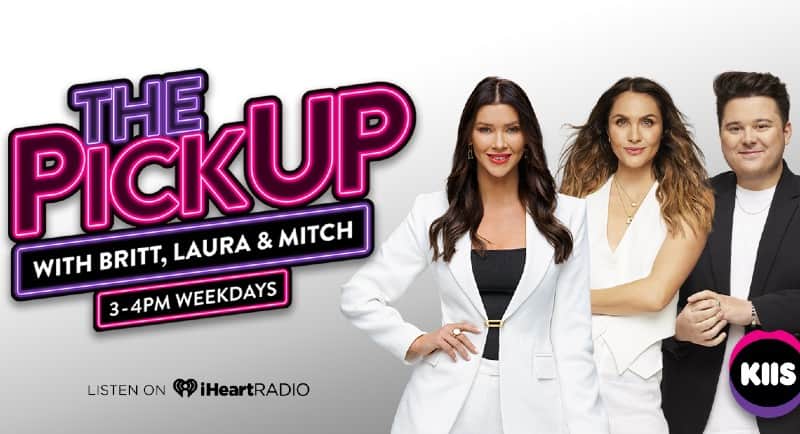In my last column, I spoke about the bizarre phenomenon in media that occurs when lots of people know a secret but, for whatever reason, can’t disclose it.
The primary focus was the emerging story that a prominent man had been accused of sexual assault, but his name could not be revealed by the media due to some contentious Queensland laws.
In the original draft of the piece I also went into detail about other ‘open secrets’ in media, where people basically knew something to be true, or that an announcement was about to be made, but it wasn’t actually official yet.
Before submitting it though, I deleted all references to the other secrets, as it felt unfair to link the personalities, politics and profiles of others to such a problematic story.
One example I had – of something which was known but not ‘official’ – was that of the impending deal between ARN and the women behind the Life Uncut podcast, Brittany Hockley and Laura Byrne. We knew moves were afoot to shift them into a permanent radio gig.
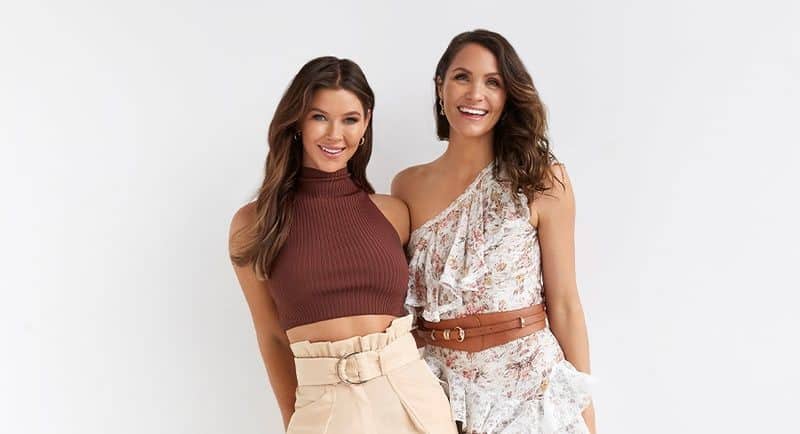
Life Uncut hosts Brittany Hockley and Laura Byrne
In the deleted text, I wrote:
It’s been rumoured (and then spoken about as fact) for months that the duo have done a deal to take over the key commercial 3pm slot on ARN’s KIIS Network. The previous program, The 3PM Pick Up, is not returning, and by last year’s Australian Commercial Radio Awards (ACRAs), there was no doubt in anyone’s mind as to who the replacements were.
The deal fits with the strategy ARN has long been publicly spruiking, of using its podcasting platform as a potential talent pipeline for radio.
“There’s obviously a lot going on in radio and obviously as we move towards a digital future, podcasting and streaming – they have their own challenges – but they are in many ways exciting, because we’ll be looking this year at our podcast repertoire and looking at talent, podcasting talent, and seeing whether we can place any of those on the network,” ARN’s chief content officer, Duncan Campbell, told me in early 2021.
“I think the future talent for radio will come from podcasting, so we have to have some plans in place for that this year.”
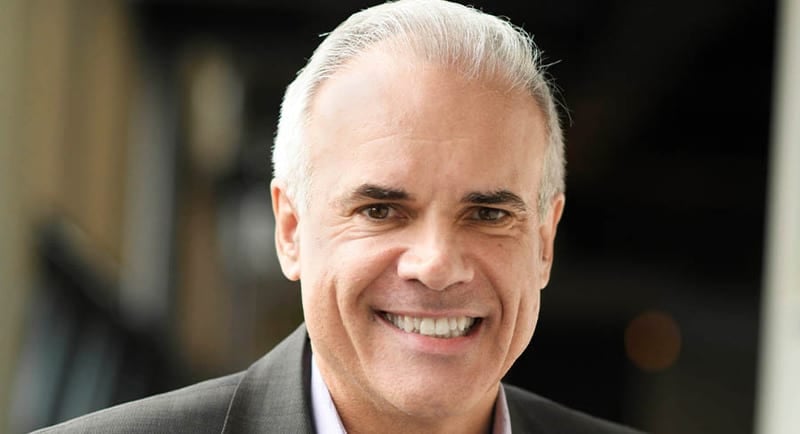
Duncan Campbell
And yet, in terms of official statements, it’s still radio silence. So much so that I suspect when they do issue the inevitable press release, many people will think “Wait, didn’t I already know that?”
So now we’re at the point where the announcement has come out and people are saying “Wait, didn’t I already know that?”
Something that’s perhaps been lost in the chatter though, is the sheer commercial importance of that timeslot for radio networks.
I can’t tell you how many non-media people have asked me in recent days who even listens to radio at 3pm, or why it even matters.
The radio networks, however, aren’t putting prominent broadcasters in the slot for nothing. Chrissie Swan has taken the key slot for the Nova Network. Carrie Bickmore and Tommy Little start at 3pm for the Hit Network. And now we have Byrne and Hockley, who often make it into the top five podcasts in the country, according to the Australian Podcast Ranker.
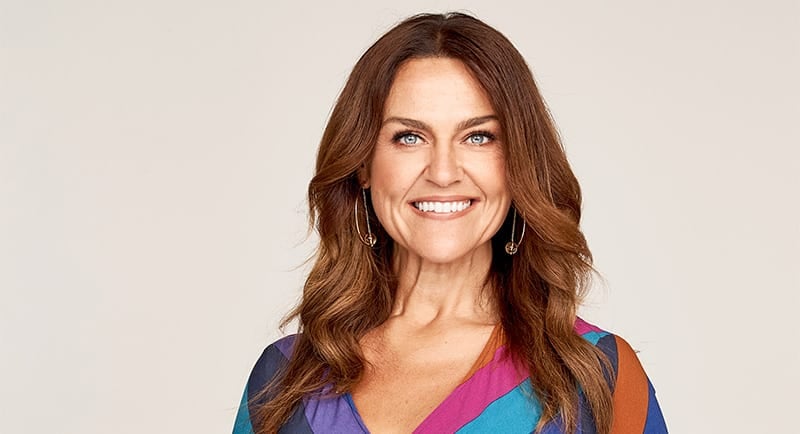
Chrissie Swan
I have written before about the different mindsets and moods people find themselves in at that time of the day. Somehow all at once, people are tired but full of adrenaline, exhausted but motivated to get through the rest of the day, and perhaps not sure whether that lingering tension in the back of their neck is going to lead to an explosion of laughter or tears.
Radio audiences may be distracted and dropping all the life-admin balls they have in the air, but they’re also looking for someone who understands them, someone to share the load with, a voice to lift them out of their funk at work, or a song to listen to instead of the non-stop questions from the backseat of the car.
Not only are audiences at this time looking for content to ease the load of their day, and help them transition as the day part shifts and evolves, they’re also engaged and looking for connection, innovation and inspiration.
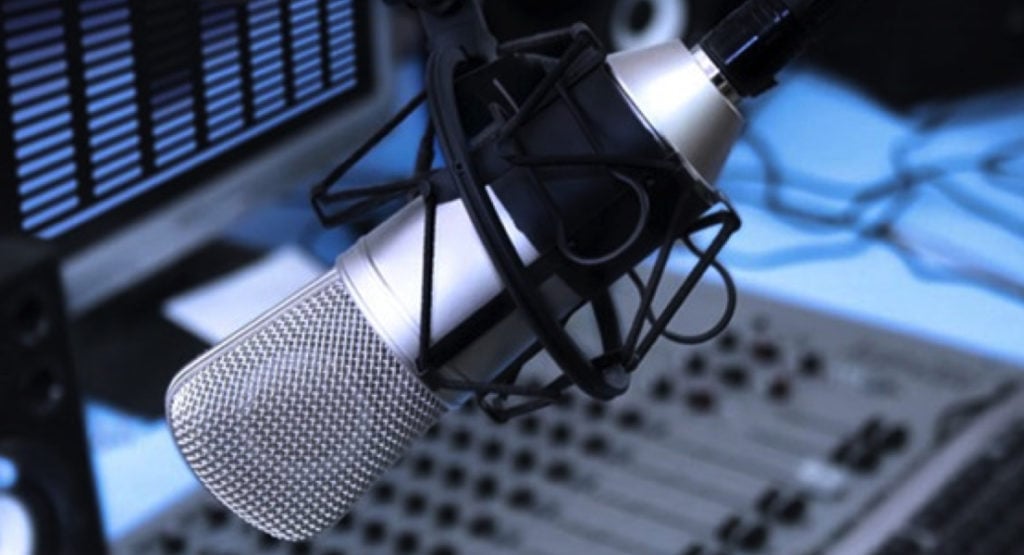
In addition to the content battleground, it remains hugely important in commercial terms – marketed to brands as a ‘brand safe’ environment. It’s a gateway drug for the syndicated drive shows. It has proven effective for capturing a slightly different demographic. It offers the chance for unique brand integrations, activations and sponsorships.
Head of the KIIS Network, Derek Bargwanna, has summed it up previously by saying it plays straight to the right audience for the majority of brands.
So now the secret’s out, let’s see what the radio rumour mill dishes up next.
